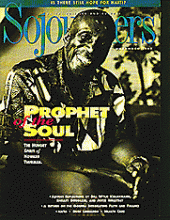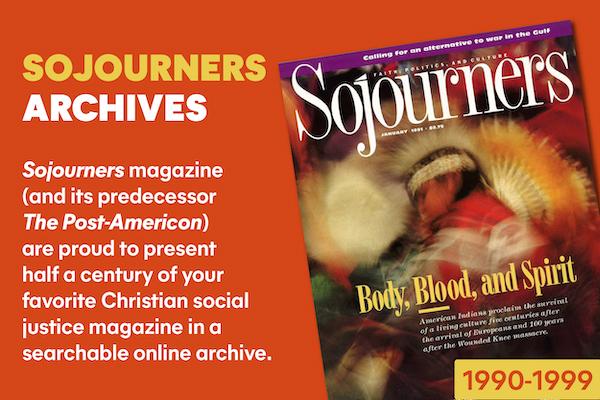You'd think, being in the center of our faces, that the nose would claim top honors among our five senses of sight, hearing, smell, touch, and taste. Unfortunately, except in the kitchen--where we smell when bread is ready to come out of the oven, when the soup is seasoned well, when there is something rotten in the vegetable bin of the refrigerator--we take our noses completely for granted.
Fragrance manufacturers know otherwise. They must pay attention to the fact that many German people do not like bleach-scented cleansers (bleach was used extensively to clean up after World War II), or that South American women, who clean their houses twice a day, want a strong, pine-scented cleanser to let neighbors know. Some restaurant chefs ban perfumed soap from their restrooms lest patrons, after washing their hands, be unable to concentrate completely on the essences of the meal.
The sense of smell is at the core of remembering and feeling. When molecules of perfume or smoke float up the nose, their message is carried by olfactory receptors directly to the limbic region of the brain, the seat of memory and emotion. Conversely, sensations of sight and sound reach the limbic region by a circuitous route, across more synapses, provoking a more cerebral reaction.
The nose's privileged access to the brain is why, while the sight of Grandma's trunk brings a smile of recognition, one sniff when the lid is lifted brings a flood of childhood memories and feelings as intense as if those hours of play happened yesterday. It is why the smell of fall leaves or newly cut grass makes us feel nostalgic, and why the smell of coffee brewing makes the morning seem possible.
Read the Full Article

